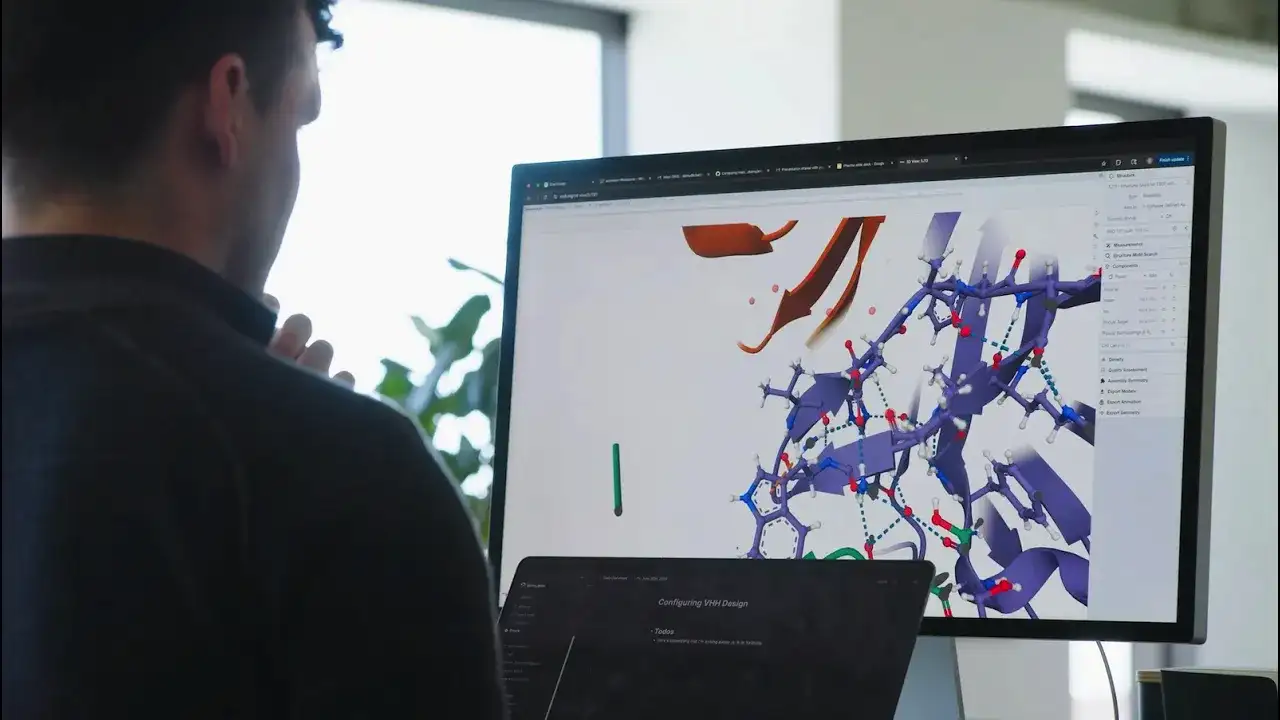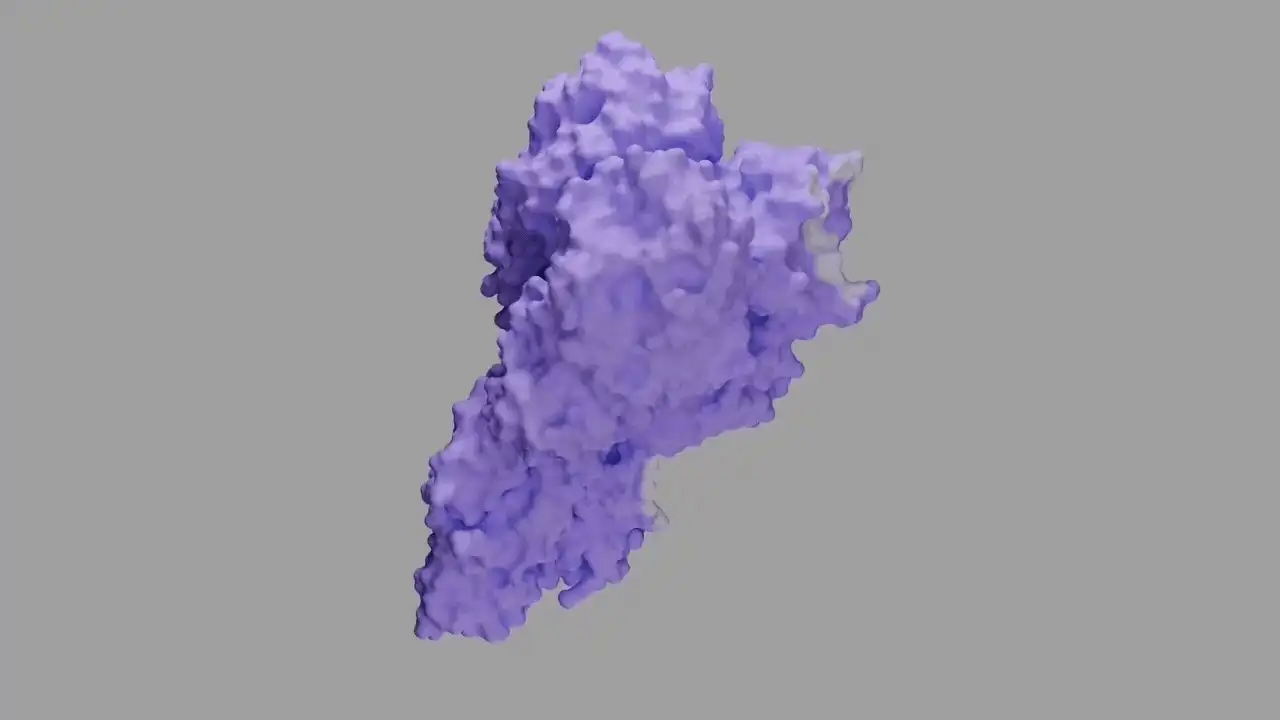A Complete Overview of Chai-2+

Vivi Carter · 18, July 2025
Artificial intelligence is driving groundbreaking advancements across industries, but the pharmaceutical world just saw a seismic shift that’s making CEOs sit up and pay attention. Enter Chai-2, the AI-driven platform that’s shaking up drug discovery as we know it. And even if you’ve never considered how medicine is developed, stick with me—it’s a story you’ll want to hear.

From “Finding a Needle in a Haystack” to “Precision Engineering”
Imagine you’re tasked with solving an incredibly complex problem—finding a specific “key” that unlocks it. The traditional approach feels like sifting through an endless ocean, with no guarantee of success. This is exactly what conventional antibody discovery has been: a slow, frustrating process. Chai-2, on the other hand, promises to point directly to the solution, saying something like, “Here’s the key—take it.” Sounds futuristic, right? But that’s precisely what this AI is delivering.
Recently, I scrolled through X (formerly Twitter) and stumbled upon a post by Chai Discovery showcasing the remarkable progress of Chai-2. According to their claims, this AI can design highly effective antibodies in just two weeks, with success rates as high as 15%—a jaw-dropping figure compared to the traditional hit rate of less than 0.1%. To put it simply, Chai-2 is increasing efficiency by over 100 times.
What Are Antibodies, and Why Do They Matter?
So, what are antibodies, and why are they game-changers? Antibodies are proteins produced by your immune system that identify and neutralize harmful agents like bacteria, viruses, or even rogue cells like cancer. Think of them as the tools your body uses to “handcuff” the bad guys and stop them in their tracks.
In medicine, designing targeted antibodies is at the heart of developing treatments for diseases such as cancer, HIV/AIDS, and newer challenges like COVID-19. But here's the catch: finding the right antibody is like hunting for a diamond in a mountain of rocks—a costly, time-consuming process often spanning years.
Traditional methods either involve painstakingly screening millions (sometimes billions) of protein sequences or immunizing animals to find suitable antibodies. Even then, there's no guarantee of success. It's this inefficiency that makes antibody discovery one of the biggest pain points in drug development. Enter Chai-2, the AI poised to change the game.
How Does Chai-2 Work?
Chai-2 isn’t just another piece of technology—it’s a multi-modal generative AI architecture that combines atomic-level structural prediction with advanced machine learning models. Think of it as a “protein expert” capable of visualizing protein structures and engineering antibodies that perfectly align with target molecules.
Historically, computational methods for designing antibodies existed, but their lab success rates rarely exceeded 0.1%. Chai-2 breaks this ceiling. Its core innovation lies in its ability to design antibodies from scratch with unprecedented accuracy. In fact, Chai-2 leaps past traditional methods by eliminating the need to screen thousands or millions of possibilities—its designs are highly targeted, allowing for immediate small-scale experimental validation.
This platform also excels at “zero-shot design,” meaning it can create antibodies for targets completely absent from existing databases. This highlights a true innovation: it’s not just mimicking established processes—it’s exploring **unmapped territories**.
Moreover, Chai-2’s antibodies exhibit standout qualities such as:
Developability:
Greater likelihood of becoming viable drugs.
Immunogenicity:
Reduced risks of rejection or adverse immune responses.
In peer-reviewed studies, Chai-2 tested 52 different targets with an average success rate of 15.5%. For certain cases, like “TNFL9,” it hit a staggering 100% success rate, designing 15 precise antibodies without fail. These numbers are so revolutionary they seem unreal—scientists in labs are undoubtedly lighting up with excitement.

Familiar Names in the Target List
Curious if any of Chai-2’s designs are aimed at molecules you’ve heard of? You’re in luck. Some of its targets are tied to diseases like blood disorders, inflammation, and cancer. Here are a few:
| Target Molecule | Disease Focus |
| IL-3 (Interleukin 3) | Blood diseases like leukemia. |
| IL1R1 (Interleukin 1 Receptor 1) | Arthritis, inflammatory bowel disease. |
| CSF1 (Colony Stimulating Factor 1) | Tumor environments, inflammation-related conditions. |
| FGFR1 (Fibroblast Growth Factor Receptor 1) | Lung and breast cancers. |
For CSF1, for instance, traditional techniques require testing millions of designs, with success rates below 0.1%. Chai-2 delivers a 36.8% hit rate—a quantum leap in efficiency.
Chai-2 also offers flexibility in how antibodies are designed:
Different formats:
VHH antibodies or single-chain scFv configurations for better precision.
Cross-species compatibility:
It can craft antibodies that work in both humans and animal models to expedite preclinical research.
Why This Matters
Chai-2 solves several longstanding problems in drug development:
Time Efficiency:
Traditional methods that take years can now be reduced to two weeks.
Cost Reduction:
Elimination of high-throughput screening saves enormous resources.
Improved Outcomes:
Hit rates of 15.5% versus the status quo of less than 0.1%.
This isn’t about faster processes for the sake of convenience—it could transform therapeutic landscapes by accelerating cures for cancer, autoimmune diseases, and even emerging global health crises like pandemics. Chai-2 acts like a super-accelerator for drug discovery, offering hope to millions of patients worldwide.
But… Is It Too Good to Be True?
As transformative as Chai-2 appears, it’s essential to acknowledge the risks. While it excels at designing antibodies, there’s no guarantee all these designs will perform optimally in real-world scenarios. Clinical trials will need to confirm whether these molecules bind their targets effectively and meet requirements like stability, safety, and minimizing side effects.
Chai-2 primarily designs scFv and VHH antibodies—formats with unique advantages but also differences from full-length antibodies used in many therapies. Future studies must explore whether these designs hold up against the complexities of medicine production and patient responses.
AI breakthroughs often spark both optimism and skepticism. Chai-2 is undoubtedly a milestone in the integration of artificial intelligence into human health, marking the shift from empirical discovery to atomic-level molecular engineering. But widespread adoption will depend on rigorous experimentation and long-term viability.
Closing Thoughts
The advent of Chai-2 signals a potential revolution in how we develop medicine—from reducing costs and timelines to tackling diseases that once seemed insurmountable. We’re witnessing the birth of a new paradigm in which AI isn’t just a tool—it’s a partner in science, enabling precision and speed in drug discovery that could save countless lives.
While it’s exciting, it’s worth keeping a cautious eye on its development. As promising as it seems, the road to real-world implementation will require patience, critical examination, and collaboration across industries.
So, is Chai-2 ready to change the world? Maybe. But as with all transformative technologies, its true impact lies ahead—waiting for us to uncover. For now, the pharmaceutical industry and scientists everywhere have every reason to lean in and pay attention.
Let’s watch and see. 🌟
(This blog is crafted based on publicly available information, with some insights drawn from Chai Discovery's posts on X and related industry reports. For a deeper dive, feel free to explore the official Chai Discovery website or check out the detailed coverage provided by AI Journal.)
